
When do electric car batteries need replacing?
Snapshot
- Real-world studies demonstrate degradation is minimal, but varies
- Depends on the model, climate, owner driving and charging habits
- Manufacturers offer dedicated battery warranties
Battery life. It’s the key source of fear and hesitancy when considering the electric vehicle switch, but is it valid?
Think of a smartphone, wireless earbuds or even a car’s 12-volt electronics module, and batteries have long had a reputation for a short lifespan.
However, it’s different EV battery packs. Yes, they do naturally degrade over time with more use, but they are more advanced, are composed of different materials, and have the backing of sophisticated cooling and heating systems.
Do EV batteries really last beyond ‘a few years’, when do they need to be replaced, and how much does it cost (if needed)? Let’s look at the evidence…
JUMP AHEAD
- ⏰ How long do EV batteries last?
- ? EV battery life tested
- ? What is the EV battery warranty?
- ? How to avoid EV battery degradation
- ? How much does it cost to replace an EV battery?
- ♻️ What happens to degraded batteries?
- ? Do EV batteries last long?
- ? Time to make the electric switch?
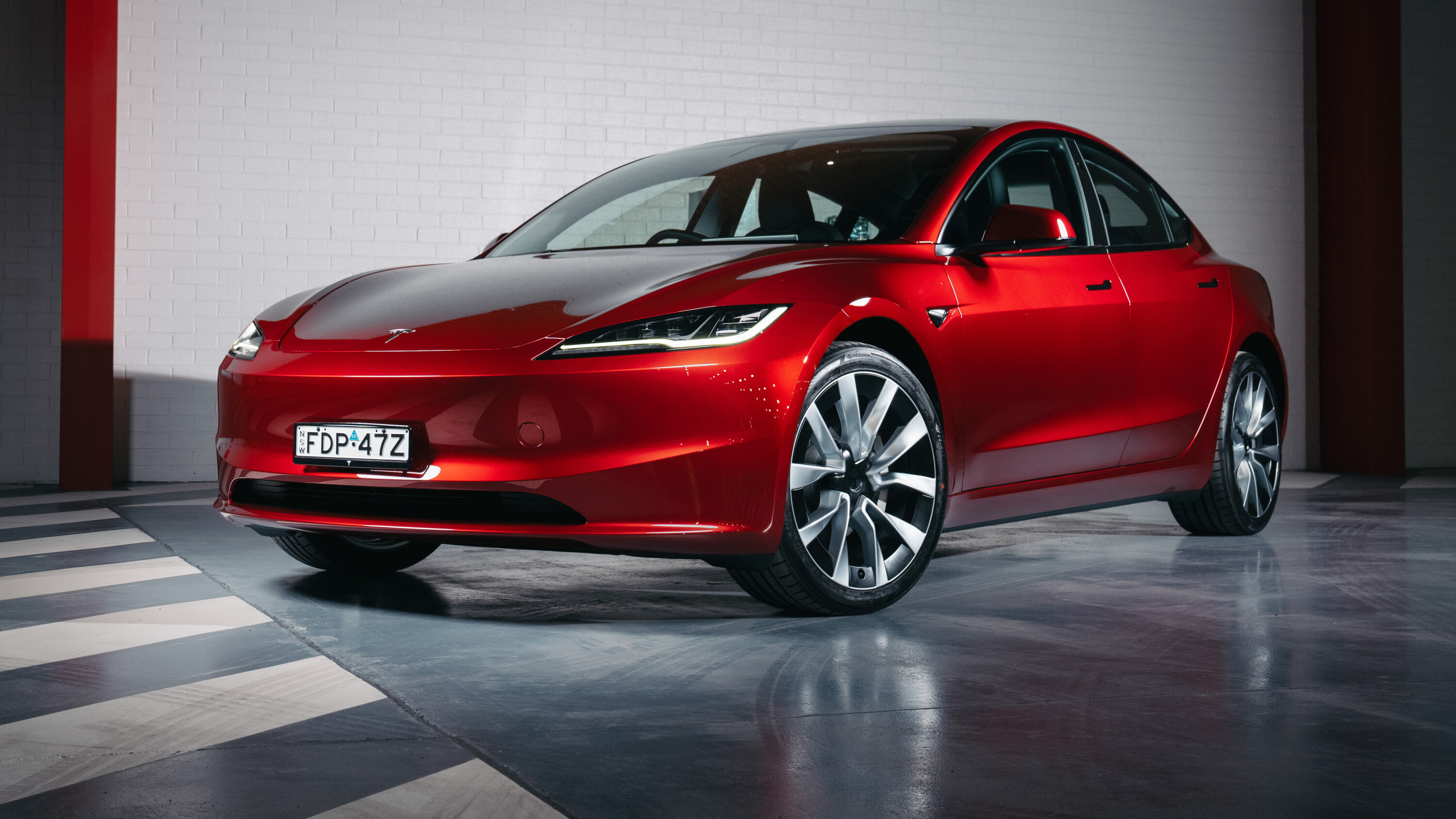
⏰ How long do EV batteries last?
There’s no definitive answer, but generally, EV batteries are designed to last the lifetime of the vehicle – and are able to be repurposed afterwards.
EV battery health depends on a variety of factors, including the individual owners’ charging habits (learn more below), how much the vehicle is driven, in what conditions, and the battery manufacturer, cell type, and vehicle model.
According to Green NCAP [↗] and the University of Technology Sydney [ABC ↗], both project a typical lithium-ion EV battery pack will last for an average of 16 years, with the former estimating 240,000 kilometres driven.
Additionally, a study of 15,000 EVs by American battery research company Recurrent [↗] found most lithium-ion battery models generally retain at least 90 per cent capacity after driving 160,000 kilometres (or around 10 years for the typical Australian driver).
For most EVs, the reduced driving range should still not be a major impediment even after a decade, as the typical driver travels 30 to 40km everyday.
However, it does mean that long-distance trips may require more charging stops down the line.
What is degradation?
Degradation is a natural process where the battery gradually loses an amount of its full energy storage capacity, compared to when new.
This results in gradually reduced driving range, with usually a higher drop in the early years of a new battery before levelling out over time.
Generally, batteries degrade depending on the number of charging cycle counts (0 to 100 per cent) in the lifetime of the vehicle and the battery temperature.

Battery technology has also significantly improved to extend longevity.
Lithium-iron-phosphate (LFP) batteries have emerged as a lower cost, less environmentally contentious, and thermally safer alternative to lithium-ion – used in EVs such as the base MG 4 Excite 51, BYD Atto 3, and Tesla Model Y RWD.
While it also has its own range, charging and weight disadvantages, LFP benefits from about double the lifespan compared to lithium-ion type batteries, with an estimated 3000 to 5000 full charge cycle counts before experiencing a significant degradation hit.
Similarly, battery management systems (BMS) have improved, with battery suppliers and automakers continuously learning to implement better module and cell designs, and there are more active and passive cooling methods to regulate and keep cells in their optimum temperature range – a key factor of degradation.
Importantly, battery buffers are also in place, which activate unused cells to offset the range hit over time.
Therefore, data from an old first-generation Nissan Leaf – which only has a passive air-cooled lithium-ion battery – isn’t comparable to a new EV model with a more sophisticated pack design, BMS calibration and active liquid cooling.
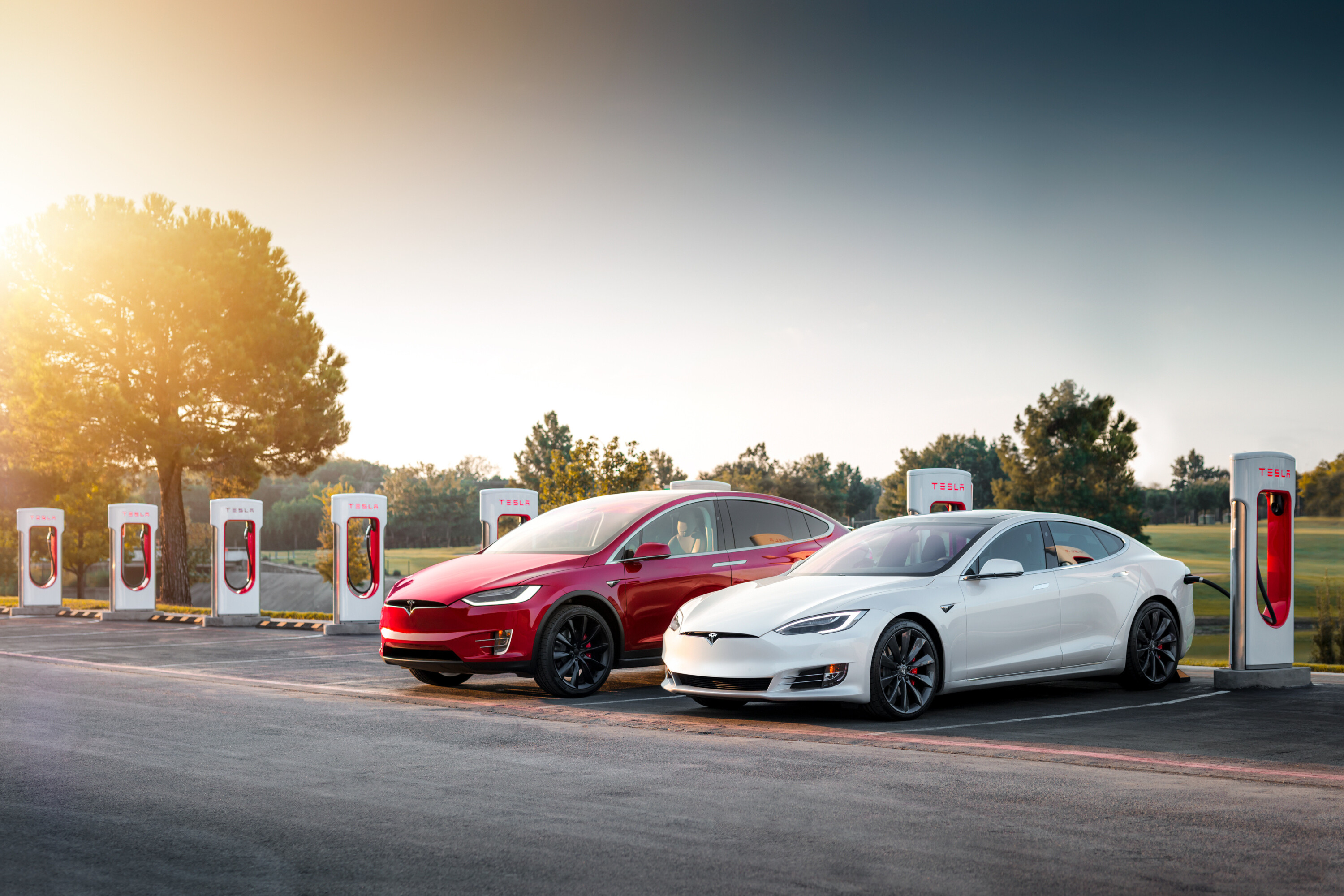
? EV battery life tested
Real-world data highlight that electric cars can last the lifetime of the vehicle.
Independent EV content creator Bjørn Nyland has debunked degradation range concerns by testing real-world owners’ cars in Norway, the world’s EV capital:
- Despite older-generation battery technology, the original 2012 Nissan Leaf degraded by 24 per cent (5kWh or 42km claimed NEDC range) after nine years, more than 105,500km and 1010 charge cycles [YouTube ↗].
- A 2013 Tesla Model S P85 only lost 12 per cent capacity (8.1kWh or 60km claimed NEDC range) after seven years, 270,000km driven and roughly 1000 charge cycles [YouTube ↗].
- A 2019 Tesla Model 3 Long Range degraded by eight per cent (6kWh or 45km claimed WLTP range) after three years, an unusually long 165,000km and 601 charge cycles [YouTube ↗].
However, the degradation rate can vary significantly depending on how the EV is used and charged.
Nyland’s test of a 2021 Tesla Model 3 Long Range [YouTube ↗] found its lithium-ion battery degraded by 16 per cent in two years with only 98,000km – more than a nine-year-old Model S with more kilometres driven.
However, the electric sedan was used as a taxi and the majority of the 245 full charge cycles was on DC fast charging stations.
He suspected the degradation impact was higher because the driver regularly charged to 100 per cent (instead of the recommended 90 per cent limit), combined with high battery temperatures from fast charging, and keeping in a high or low percentage for extended periods.
Similarly, the German ADAC [↗] automotive association’s 2021 Volkswagen ID.3 lost seven per cent of its net battery capacity after two years and more than 100,000km.
Contrary to the brand’s recommendations, the lithium-ion battery was frequently fast charged to 100 per cent (instead of 80 per cent) and was sometimes left at the full charge state for several days.
As for LFP batteries, Build Your Dreams (BYD) claims its proprietary Blade Battery – found on models including the Dolphin hatch, Atto 3 SUV and Seal sedan – can last at least 500,000km or even 1.2 million kilometres after 3000 charge cycles in ‘standard conditions’.
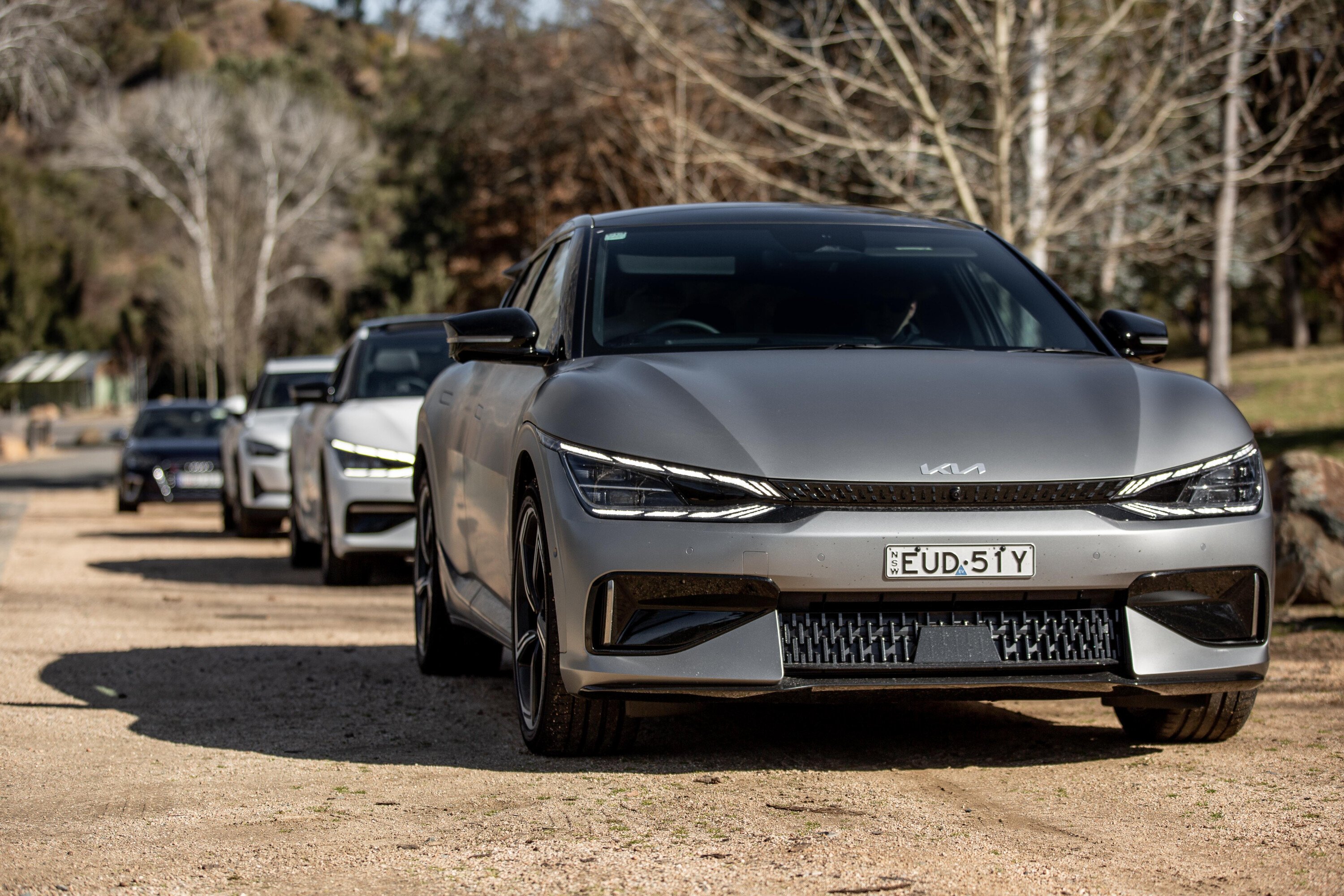
? What is the EV battery warranty?
All car brands include a dedicated electric car battery warranty, separate to the coverage on the rest of the vehicle, to allay concerns.
The industry standard is eight-years/160,000 kilometres (whichever occurs first).
The EV battery warranty covers for any defects or wear under normal use – determined by the manufacturer – and may be eligible for a free repair or replacement (usually with refurbished modules or a pack).
Importantly, select car brands explicitly promise a certain battery capacity retention percentage (typically no more than 30 per cent degradation) during the coverage period, so it’s worth checking the fineprint.
But, as highlighted above, this does not mean EV batteries won’t last after the warranty period.
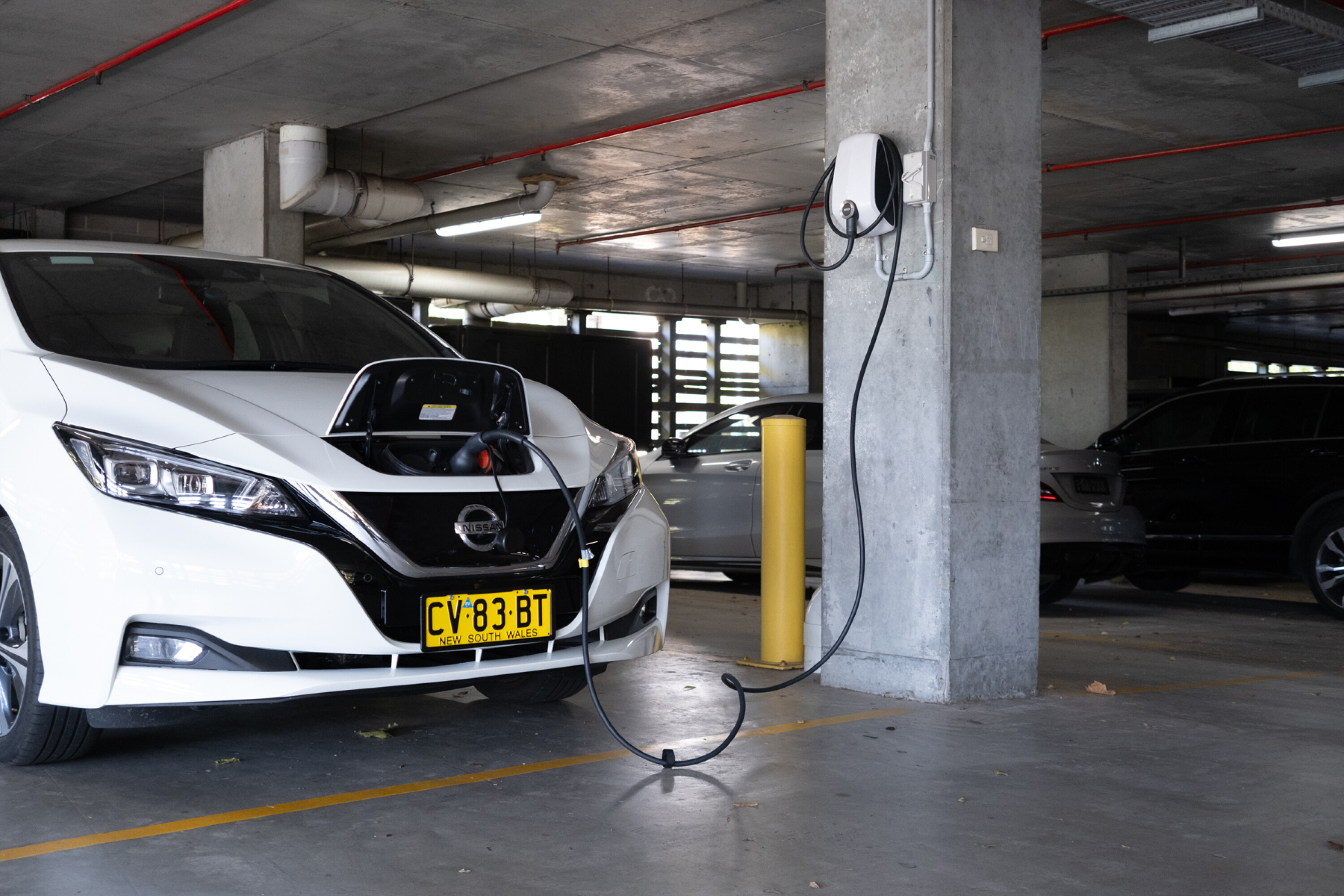
? How to avoid EV battery degradation
It’s impossible to avoid battery degradation entirely, but there are ways to prevent accelerated degradation during ownership.
Firstly, when buying, choose a longer lifespan LFP battery-equipped model if it suits your needs.
Additionally, if your budget can stretch higher, pick a bigger EV battery, so there’s less of a chance degradation will become an impediment in the long-run for everyday driving.
How to limit degradation
- Limit public DC fast charging – mainly plug in at home and at slow AC charging stations to reduce the stress on the battery, unless a fast recharge is necessary.
- Follow everyday charging limit recommendations – refer to the manufacturer’s touchscreen settings or owner’s manual for best-practice daily charging limits and habits to calibrate the cells. Owners can charge beyond the limit occasionally when the extra range is needed.
- Don’t go too low or too high for long – avoid discharging the battery to near-empty (below 10 per cent), which’ll subject it to a deep charging cycle. Likewise, don’t keep the battery in a low or high percentage state (beyond the recommended limit) for extended periods.
- Avoid extreme temperatures – if able, park the vehicle undercover or in a garage for long-term periods to keep the battery in its optimum temperature range.
- Servicing – while EVs have significantly fewer parts than combustion engine vehicles, they still share many ‘consumables’ and require routine maintenance. Follow the manufacturer’s recommendations to ensure checks are conducted on the battery health and physical condition.
- Stay up-to-date – if equipped, install over-the-air (OTA) software updates when available as it may improve the BMS and energy efficiency of the EV.

? How much does it cost to replace an EV battery?
It’s true: if the EV battery degrades to the point that it’s a daily nuisance and is no longer covered by the battery warranty, it can be expensive to replace.
According to Recurrent [↗], whole battery pack replacement costs can range between US$5000 to US$20,000 (AU$7,500 to AU$30,000) depending on the vehicle model and battery size.
However, it notes out of the 15,000 EVs surveyed in the United States, only 1.5 per cent have needed a replacement (excluding defective battery recalls).
Importantly, the most-affected modules and cells can be replaced individually (instead of the whole pack), and reusing or ‘remanufacturing’ batteries from used or salvaged EVs to reduce repair costs.
Market battery prices are gradually falling as more lithium refineries are opened, including in Australia, to alleviate the high demand and cost-of-replacement, and LFP is already cheaper than lithium-ion technology.
Likewise, the availability of third-party EV technicians are growing – reducing repair costs thanks to the new ‘right to repair’ laws introduced locally.

♻️ What happens to degraded EV batteries?
EV batteries will eventually reach their end-of-life, but they can still be repurposed for battery storage systems, and some materials can be recycled thereafter. Check out our detailed story below to learn more.
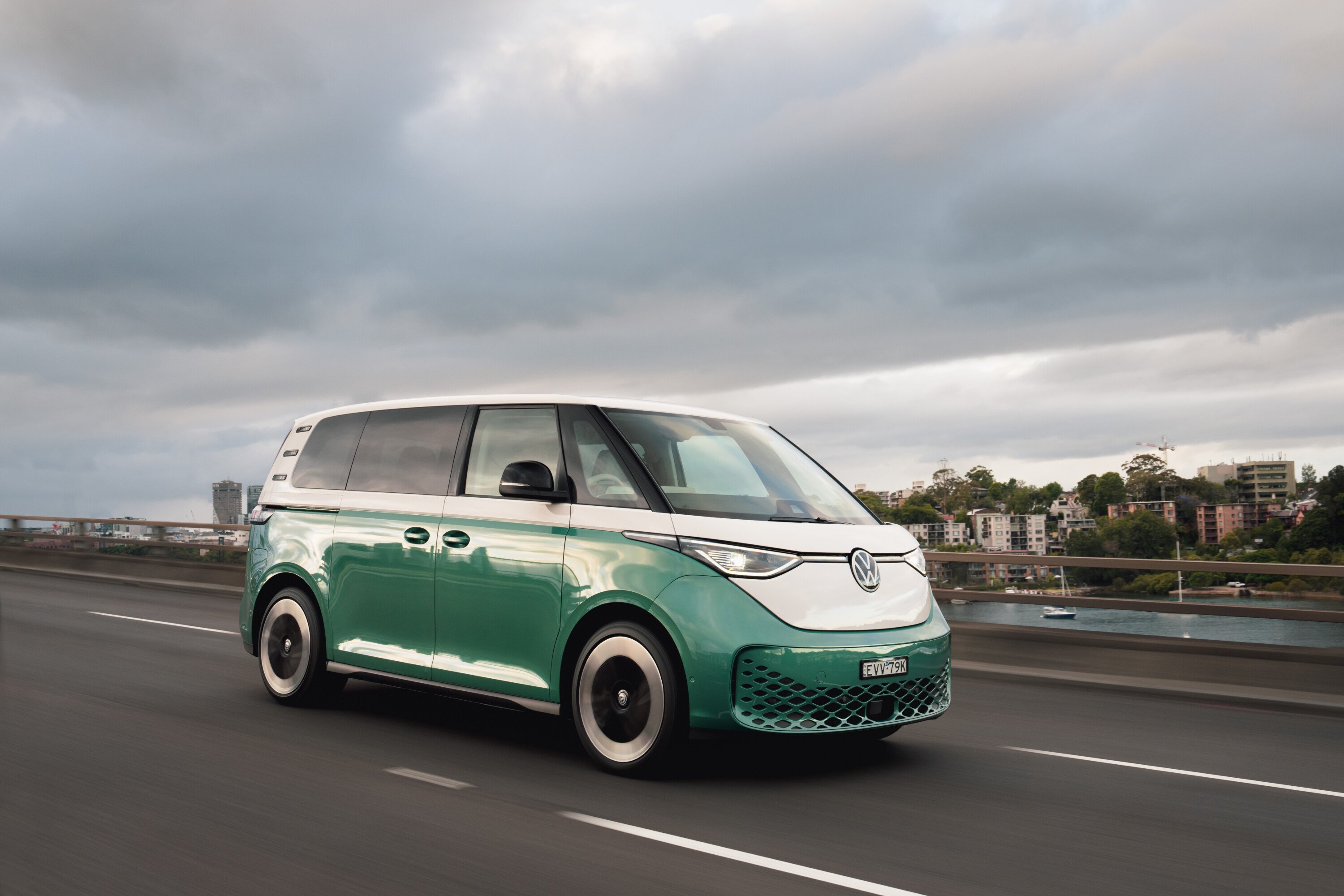
? Do EV batteries last long?
Based on the evidence above, it’s clear that fears of short-lived EV batteries don’t hold true.
Yes, EV batteries do degrade over time, but by the time you want to sell – about 10 years on average – the reduced driving range still shouldn’t be a dramatic impediment to most Australians’ everyday driving needs.
However, as the vehicle goes through multiple owners, it can be a challenge for used EV buyers – with no standard for monitoring and displaying the battery health yet.
EV batteries – regardless of what type – will eventually reach their end-of-life.
This is true for combustion cars, too. There’s no guarantee that an old petrol or diesel car will be less expensive to get back on the road than an EV with a few degraded battery cells, which can be individually replaced.
Of course, it’s still early days for EV batteries. More time and data is still needed to comprehensively understand model-by-model, battery-by-battery degradation.
If you’re a regular long-distance driver, constantly fast charge and keep the battery in low and high percentages for extended periods, degradation can be accelerated.
But, as long as owners follow manufacturer battery care and charge limit recommendations, electric car batteries are designed to last the vehicle’s lifetime.
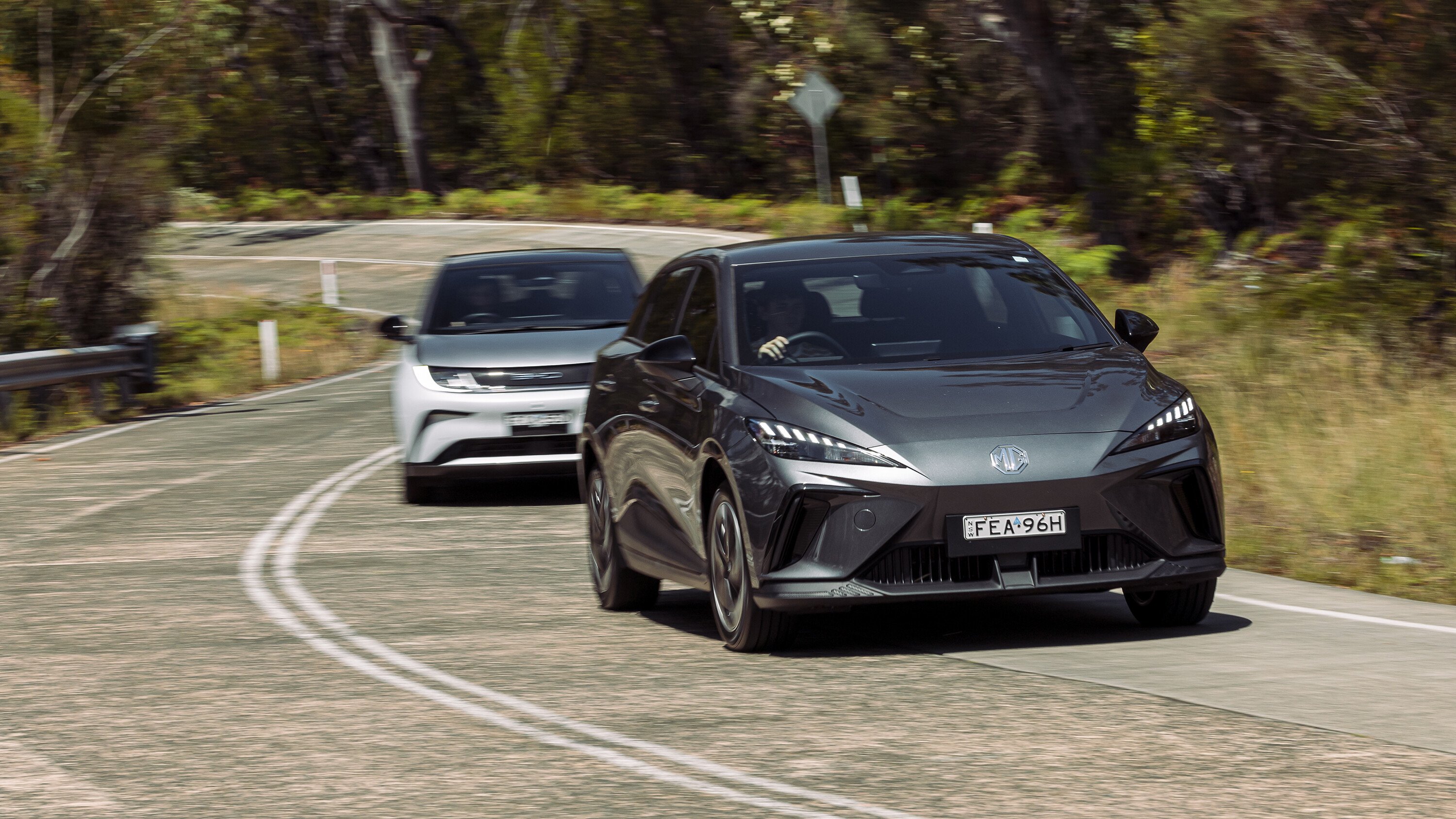
? Is it time to make the electric switch?
EVs are not for everyone (for now), but they are right for most.
Driving range, price, and charging reliability remain key perceived issues. For more, check out our /Electric hub guides below.
We recommend
-
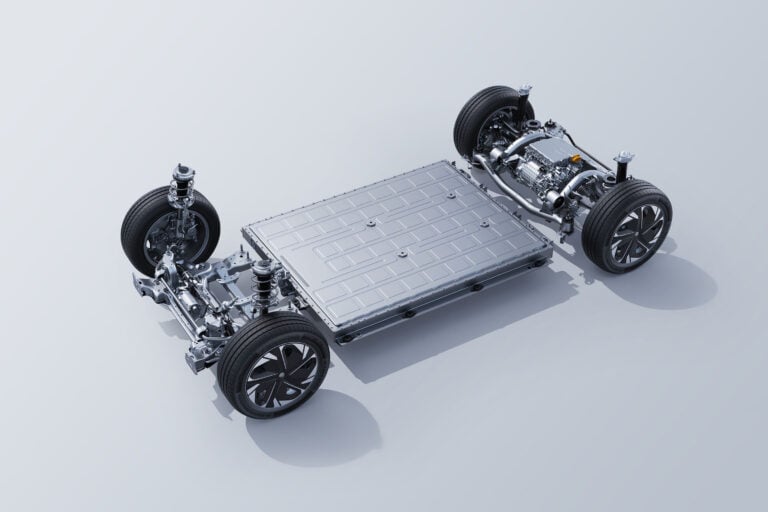 Advice
AdviceEV battery types explained: Lithium-ion vs LFP pros & cons
Which electric car battery technology is best? We break it down
-
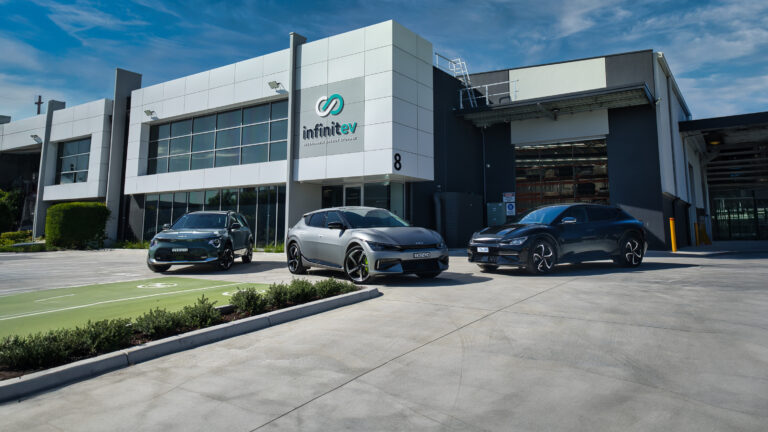 News
NewsKia and Infinitev partner on Australia-based EV battery recycling and repurposing
Kia's Australian arm has announced a deal with Melbourne-based Infinitev to ensure its old EV batteries are given a second life
-
 Advice
AdviceAre electric cars good for towing?
Towing with an EV is certainly possible, but there are some compromises and challenges




